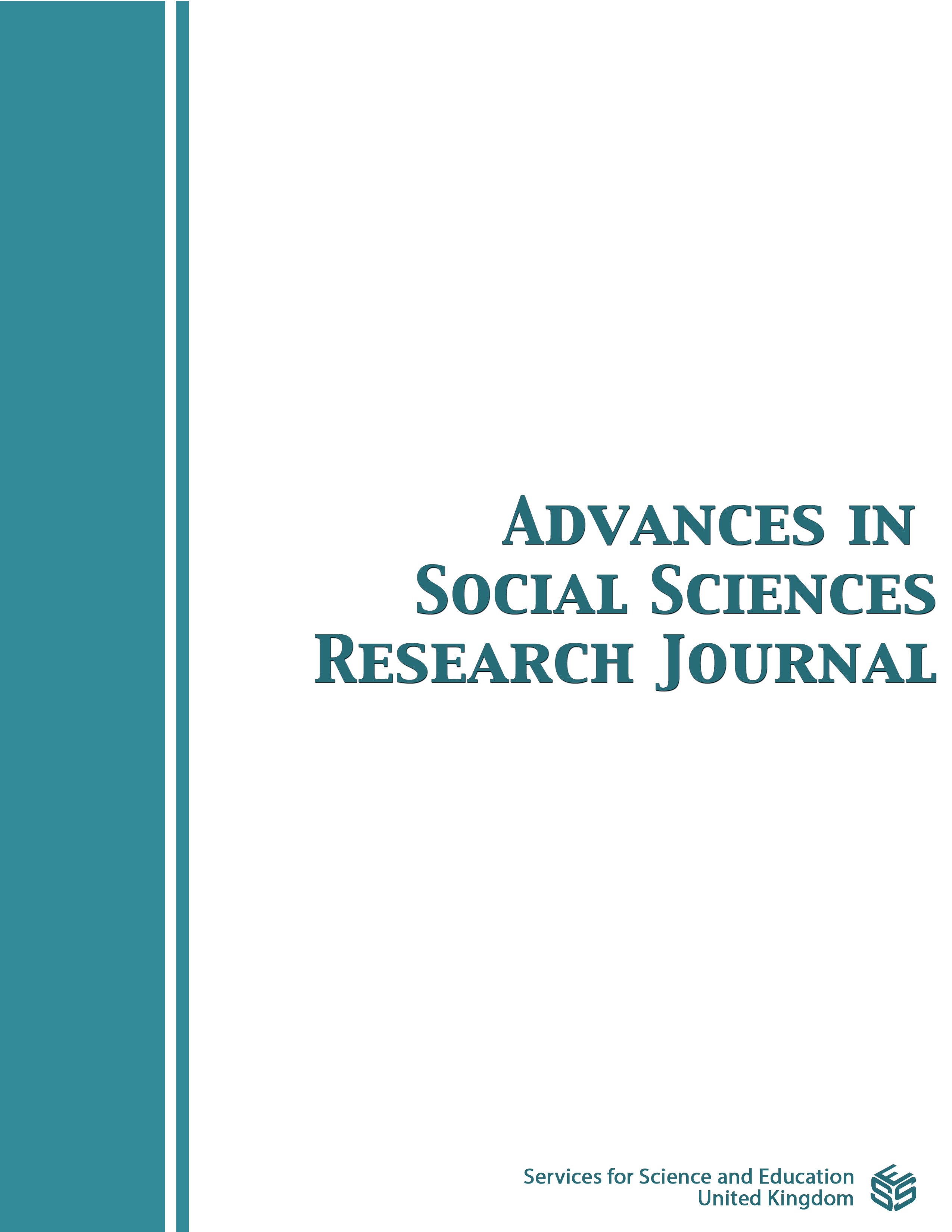E-Tax Services and their Evolution: The Case of Malaysia
DOI:
https://doi.org/10.14738/assrj.119.2.17396Keywords:
E-tax, Tax Administration, Digital, Technology, MalaysiaAbstract
The rapid development of information and communication technology has revolutionised many areas globally, including taxation. Worldwide, the electronic tax system (e-tax) has become a necessity. Countries aim to improve efficiency of tax administration and ease for taxpayers, by incorporating technology and going digital, in their tax systems. E-tax has notable benefits, such as simplifying tax return procedures, reducing processing time and potentially improving tax compliance. In Malaysia, the tax system has also evolved over the years, incorporating digitalization. This is from the introduction of e-filing in 2006 and to the current rollout of e-invoicing. This evolution has enhanced tax filing among Malaysian corporate and individual taxpayers with 100 percent and 98.2 percent compliance respectively, standing among the top countries in Southeast Asia for compliance level in 2018-2019. However, several obstacles need to be overcome for the effective implementation of e-tax systems. Key issues such as lack of infrastructure, system integration, lack of digital literacy, taxpayer resistance and data security concerns are highlighted in this study. This paper then provides recommendations for policymakers and tax authorities to overcome these challenges to ensure a successful implementation of e-tax in Malaysia. The strategies include investment in infrastructure and technology, public education as well as strengthening collaboration with stakeholders.
Downloads
Published
How to Cite
Issue
Section
License
Copyright (c) 2024 Siti Nurhazwani Kamarudin, Azlinda Mohamad, Noor Emilina Mohd Nasir, Siti Seri Delima Abdul Malak

This work is licensed under a Creative Commons Attribution 4.0 International License.
Authors wishing to include figures, tables, or text passages that have already been published elsewhere are required to obtain permission from the copyright owner(s) for both the print and online format and to include evidence that such permission has been granted when submitting their papers. Any material received without such evidence will be assumed to originate from the authors.






